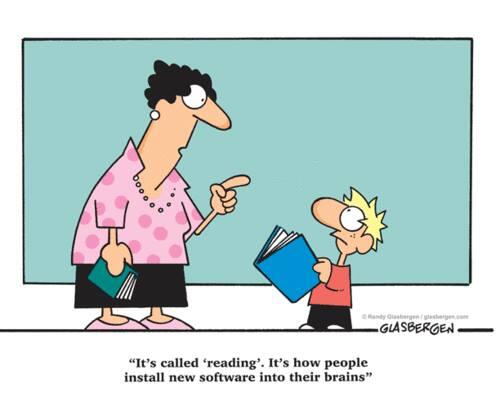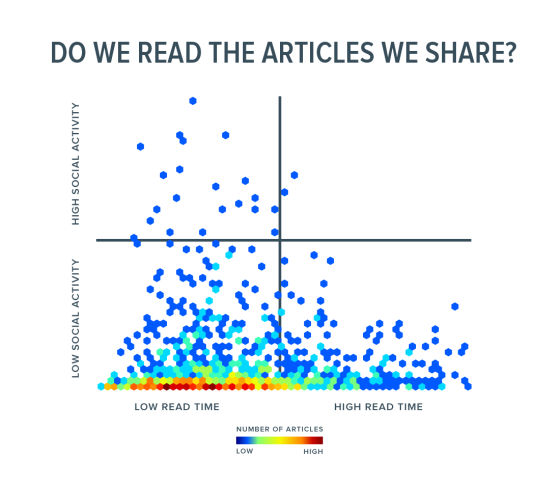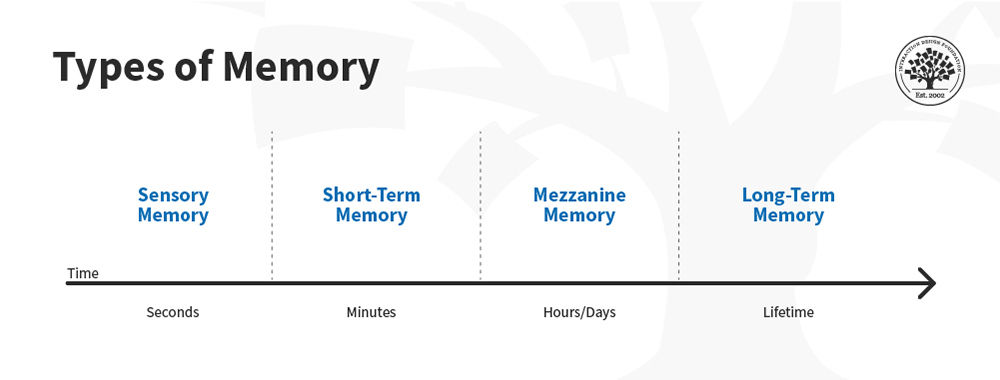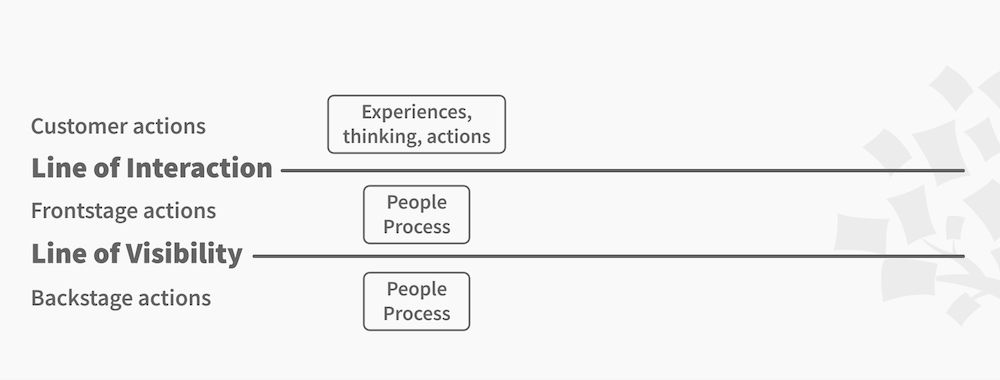There’s an awful lot of conflicting information about the way people read on the web. There was a time when search engines were designed to find any text with any content that had your keywords in it. Then people started to realize that that sucked. We wanted useful information and not just text.
Then the algorithms changed and text had to have at least 350 words to be useful. But that kind of sucked too; there are concepts that you can’t possibly explain in 350 words and others than need thousands of words.
Now, the advice from the content marketing world is to write long, wordy pieces that go on forever but can be perceived as “complete”. The classic “1001 resources to make cleaning your desk easier” type thing. But does anyone really need 1001 resources to clean their desk? I’m a lazy so-and-so but I have never, ever needed 1001 methods to keep my desk clean – how could anyone?
So if content marketers and search engines can’t define the user experience of text; how can we?
Let’s Look at How People Read

Slate magazine wrote an article about this; they did some research and found that basically most of us don’t read everything online. In fact most of us give up about 50-60% of the way through reading an article. (So long and thanks for all the hits to those who are giving up now on this article by the way).
The Nielsen Norman Group did a study and found that people only read 28% of what’s on a page at the most! They also said that you’re most likely to read only 20%!
In short we don’t really read web copy. We scan to find what we want and then get the heck out of dodge. We have better things to do than read every article and every word; probably because we’re busy and aren’t all that interested in the rest.
But…
But people share your text right? They send it on to their friends on social networks don’t they? Yup, but that same article in Slate says that people do this whether or not they read your content.
In fact, the image you post with your article may make it more shareable than all the content you include.

So How Can We Make the UX of the Written Word Better?
Write to be scan read. Short sentences. Bulleted lists. Lots of subheadings. If people don’t want to read everything you write; don’t make them. In fact the easier it is to scan your page; the more likely it is that people will read the text.
If you can, write about hot topics that people are genuinely interested in – Slate’s research shows that people will read things they care about in detail.
Summary
The written content of a website or a product’s instruction manual can make or break the user experience. Yet, all too often it’s a secondary consideration. It shouldn’t be; the user experience of the written word is reasonably simple to get right – if you care enough to do it.
Header Image: Author/Copyright holder: New York Times.Copyright terms and licence: All rights reserved. Img











